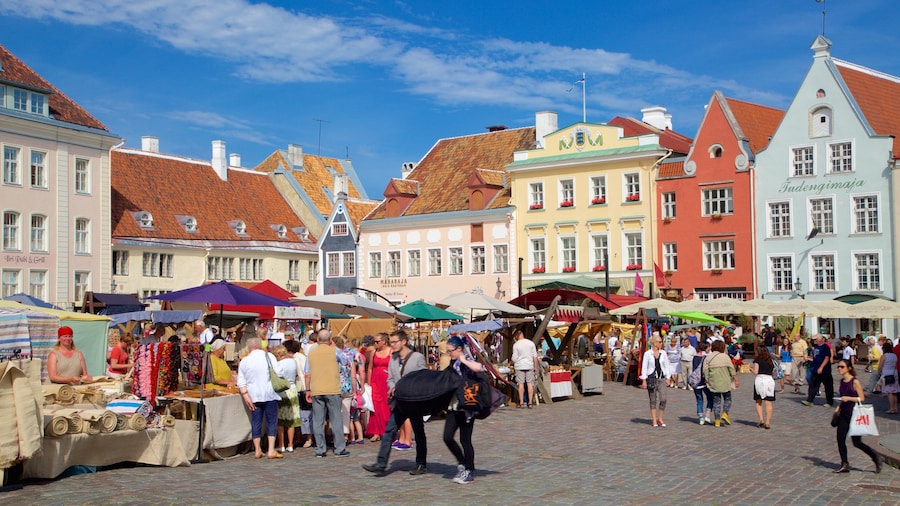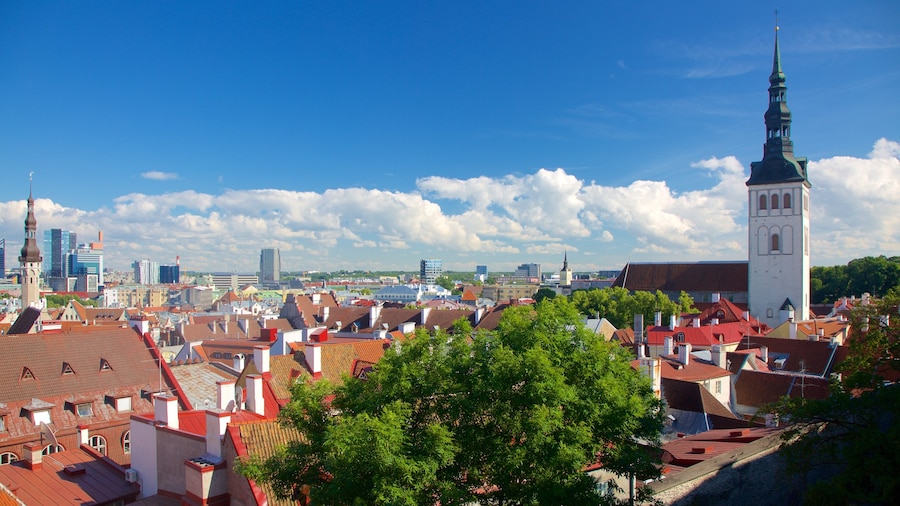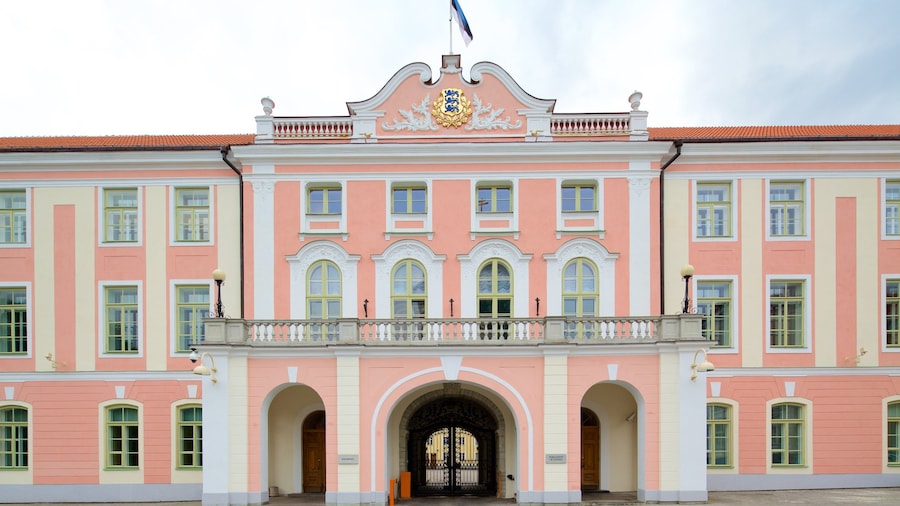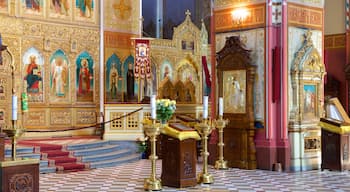See how this commercial hub grew, with a look at its complete, preserved historic centre near the trade routes of the Baltic Sea.
The Old Town of Tallinn is a UNESCO site with fascinating medieval attractions scattered among charming plazas and cobbled pedestrian areas. Much of this quaint region dates back to the 13th century, when Tallinn became a major centre of commerce. Admire the range of well-preserved architectural gems in this enchanting zone.
The area comprises the lower town and Toompea, the upper town atop limestone hills. Walk through Toompea to see the initial administrative nucleus of Estonia. Learn the history of the city through visits to the Old Town’s many museums, such as the Tallinn City Museum, the Museum of Applied Art and Design and the Estonian Health Care Museum. Tallinn has an intriguing past, involving the commercial merchant guilds of the Hanseatic League and feudal lords.
Enjoy the view of the lower town, with its many church spires. Make your way through its winding medieval streets and watch people go by. Admire the medieval houses that belonged to the bourgeois elite. Among the highlights in the lower Old Town is the Tallinn Town Hall, which has a Gothic design that stands out on its namesake square.
A little northeast is the delightful St. Catherine’s Passage, a preserved cobbled lane that runs alongside the remains of its eponymous church. Take a break at one of the cafés with outdoor tables and carved studios with artisanal trinkets for sale. Browse the items on sale in the market stalls of the Wool Wall, a knitwear hub in front of the Old Town walls at the eastern end of the passage.
The historic centre is accessible to the public for free at all times. Note that individual shops and restaurants have their own opening times.
The Old Town of Tallinn is a 280-acre (113-hectare) nucleus around which the city has grown. Take a tram or bus to one of the many stops along the southeastern flank of the Old Town area. Just outside this district are many landmarks, including the Tammsaare Park, St. Olaf’s Church and the Tallinn Post Office.



























